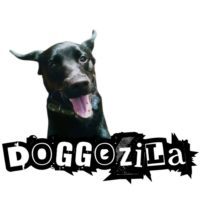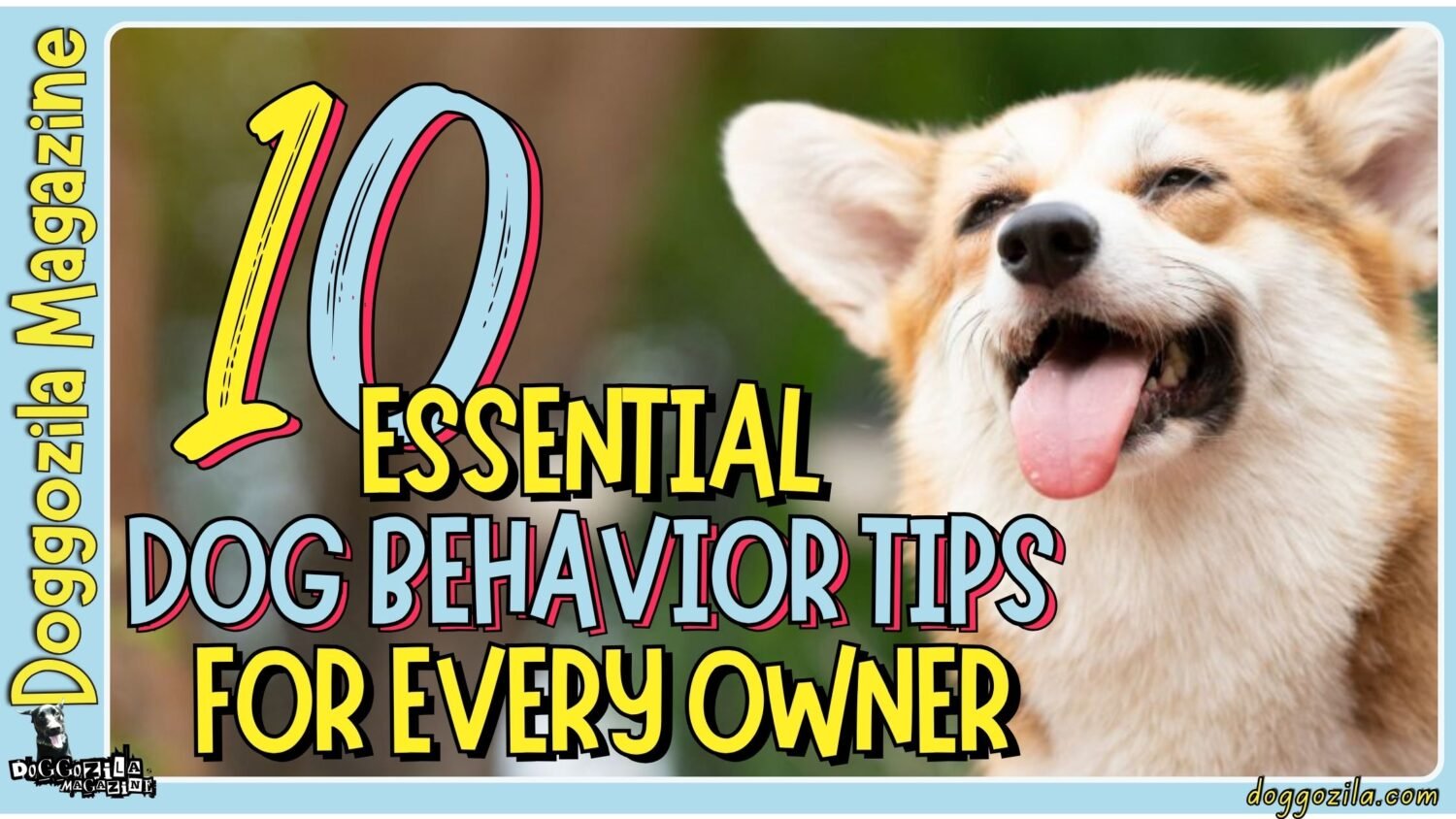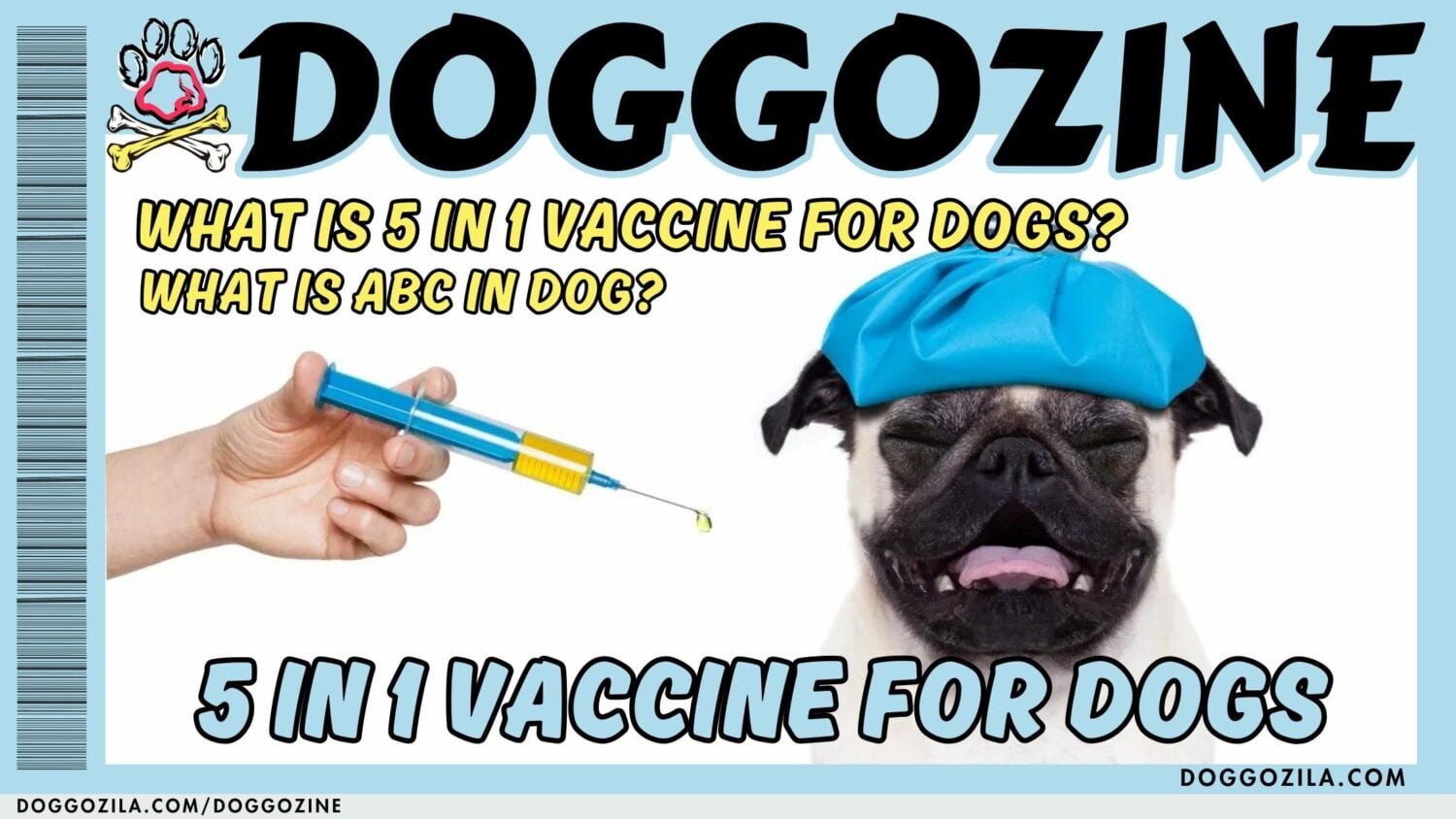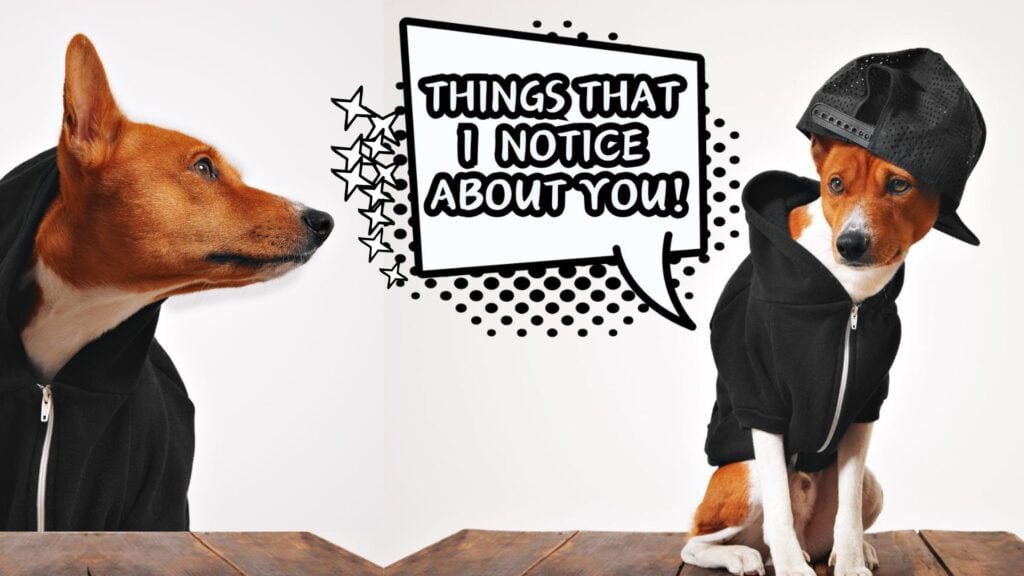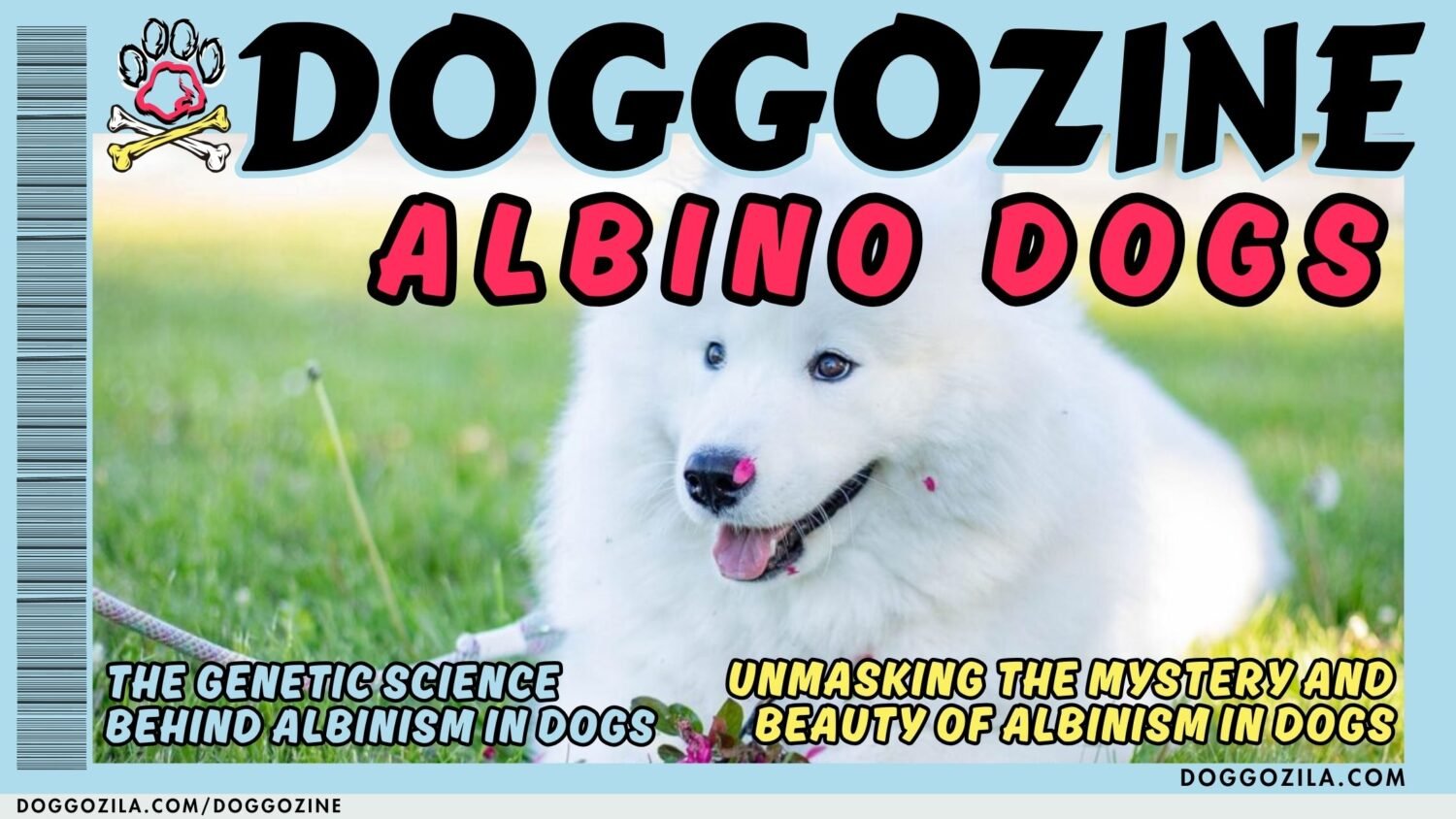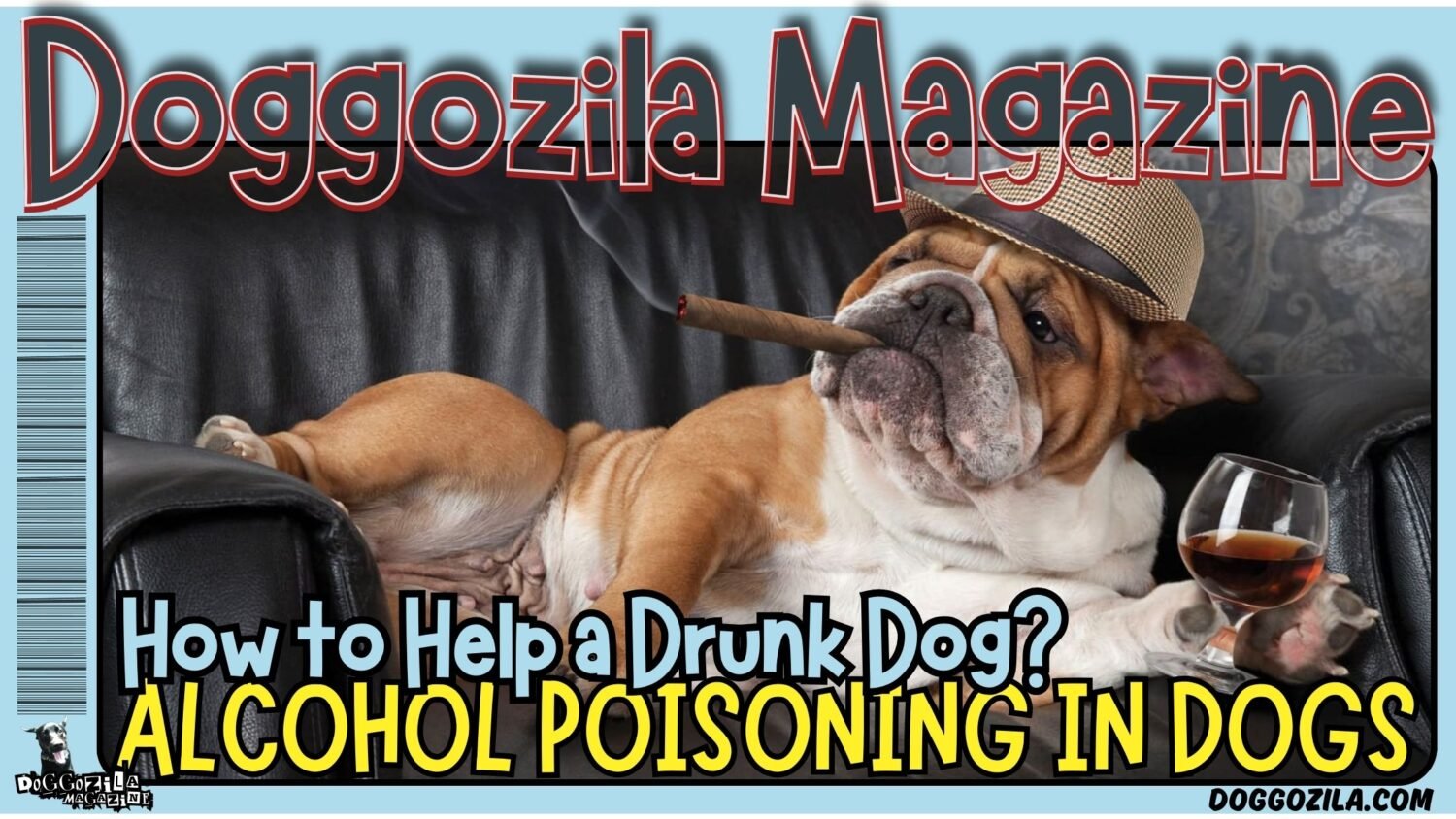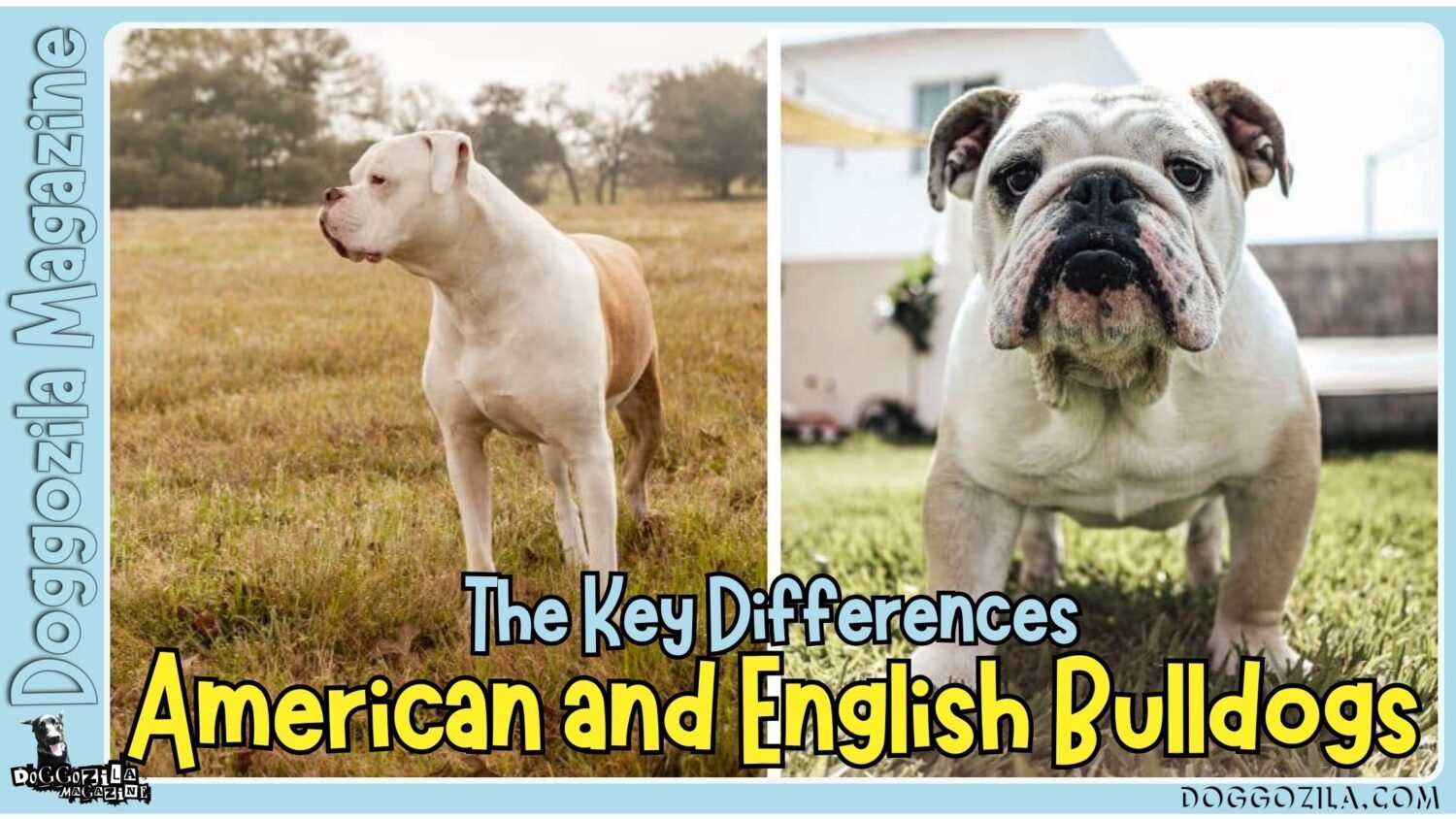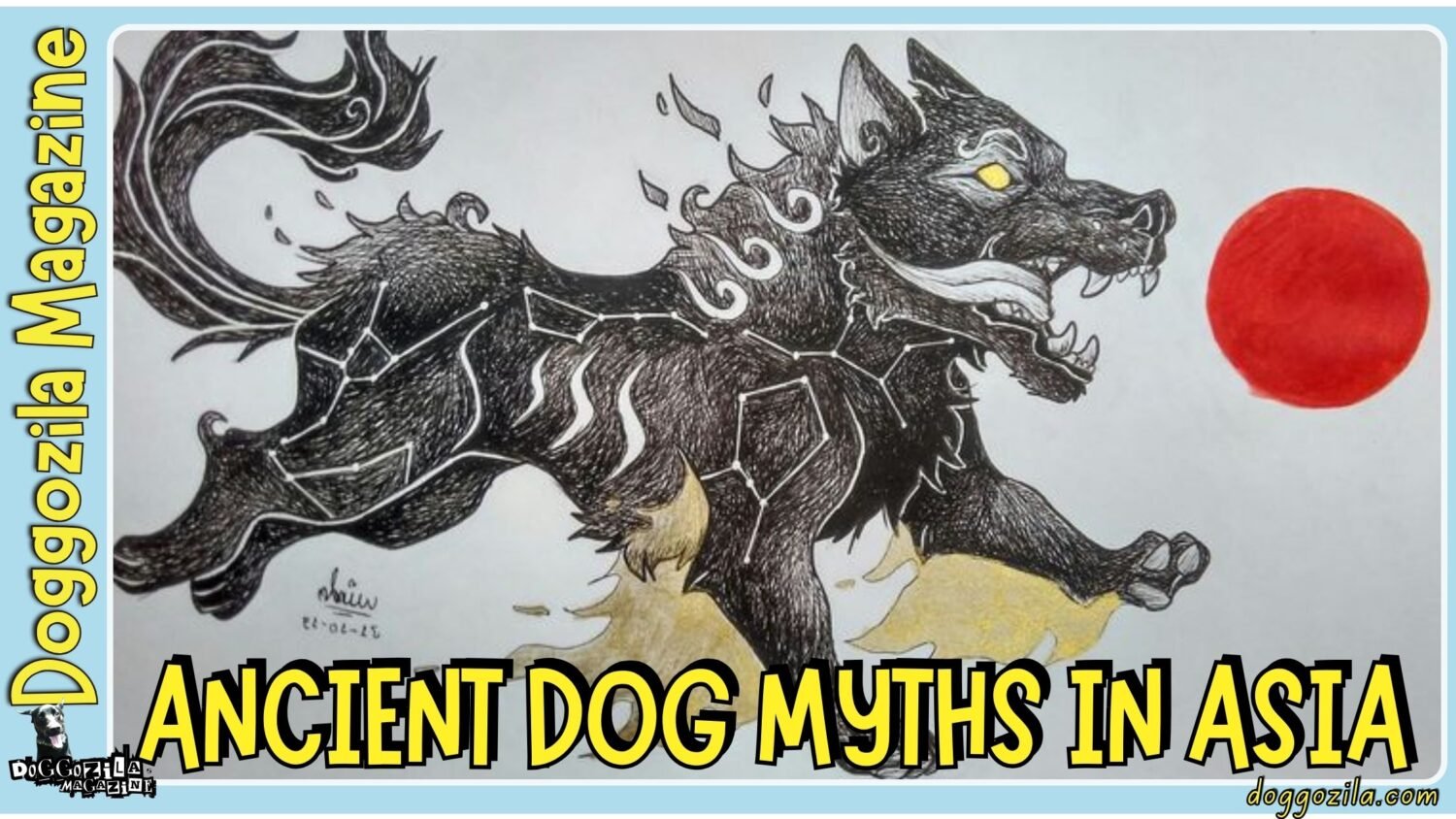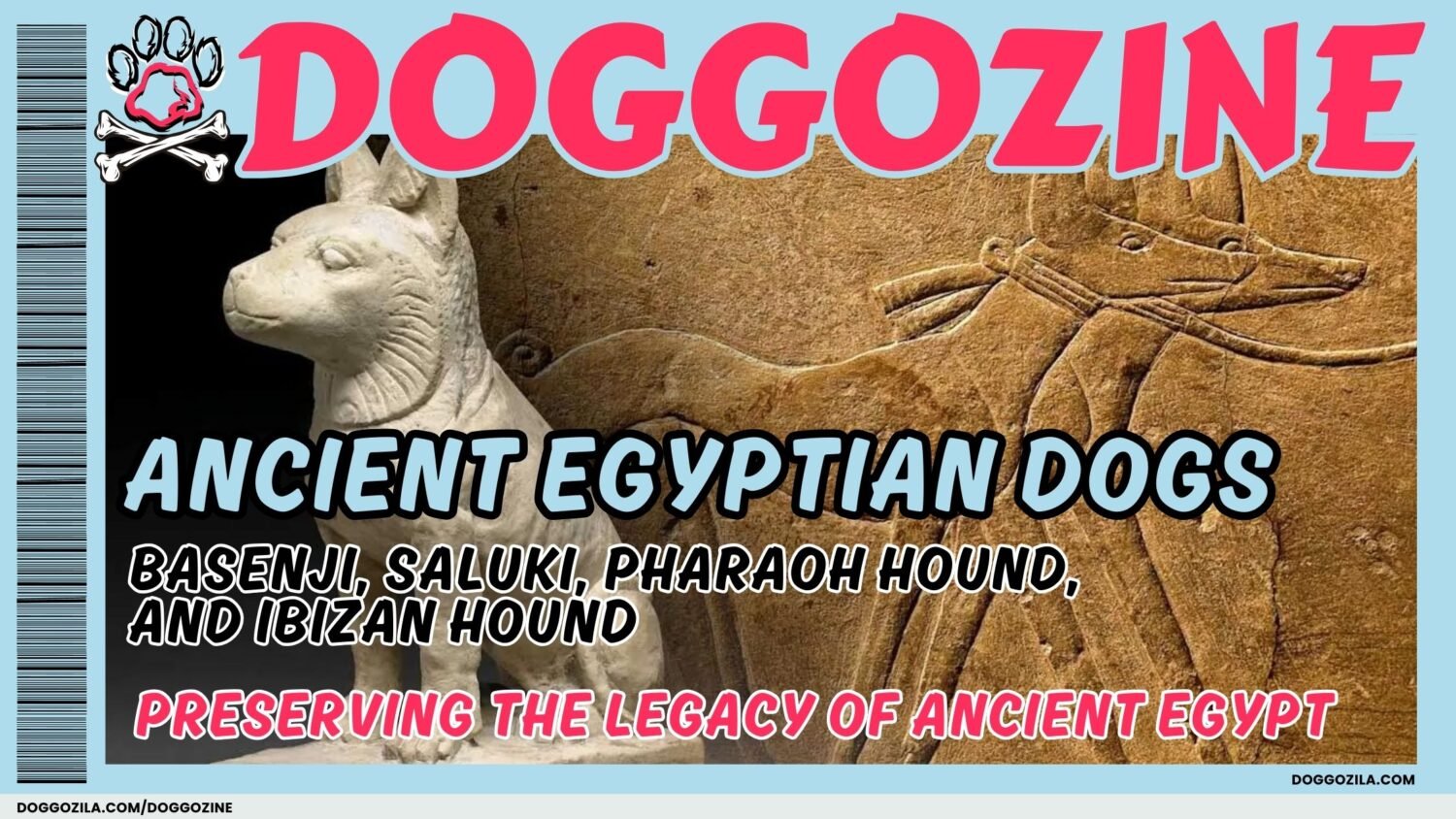Dogs have a knack for turning a simple walk into an adventure, but nothing sparks confusion quite like that sudden dive into something foul. Among the most baffling behaviors is the irresistible urge to roll in poop, a phenomenon that sparks every dog owner’s horror and fascination.
So, let’s find out why do dogs roll in poop or other stinky things?
As we explore this messy mystery, you’ll discover that beneath the gross-out factor lies a tapestry of ancient instincts, social signals, and sensory delights. Let’s embark on this playful, informative journey through the world of coprophagia and scent rolling, and learn to laugh (and train) through the stink.
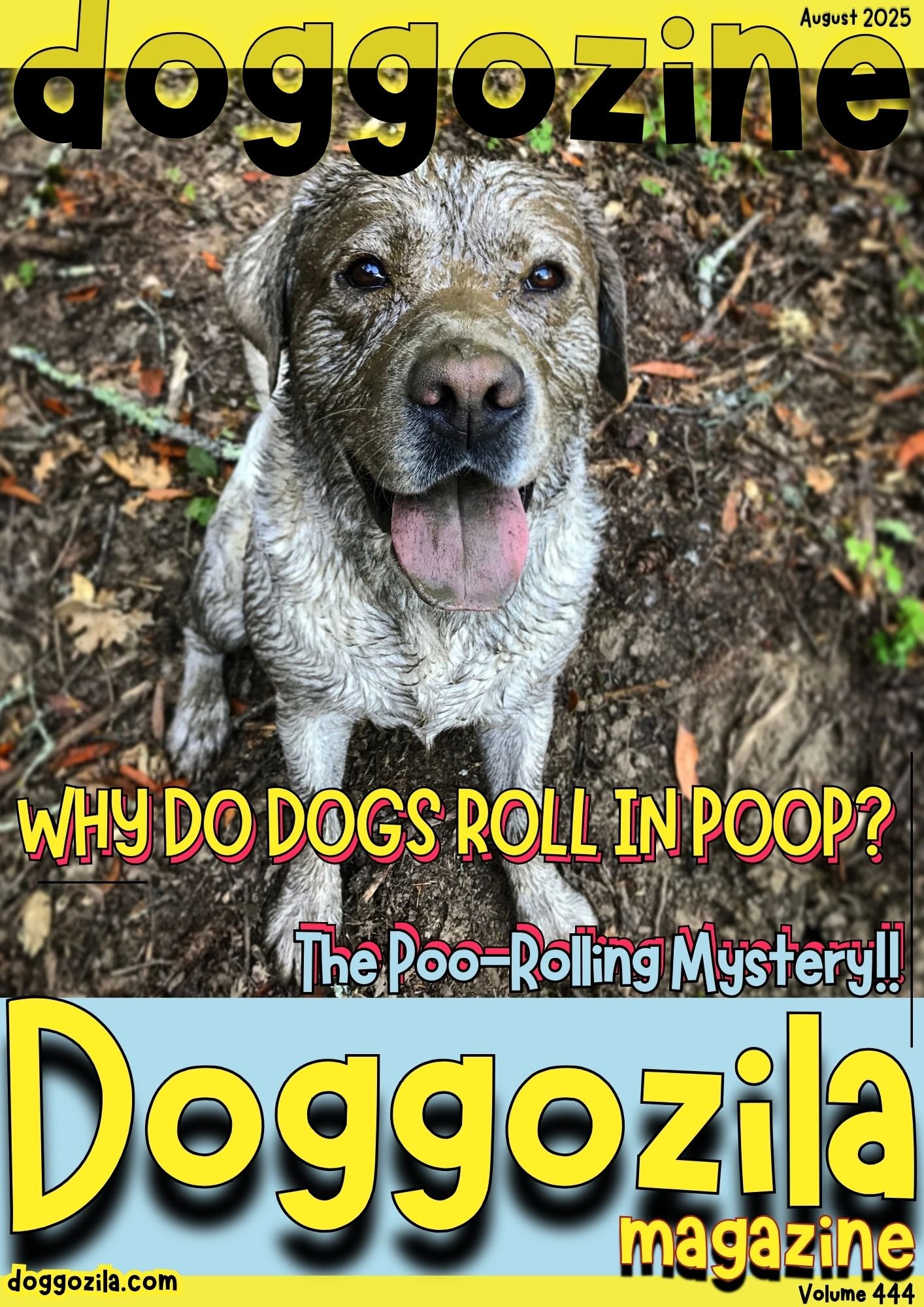
UNPACKING THE BIZARRE DOG RITUAL TO ROLL IN NASTY THINGS SUCH AS POOP
Every dog owner knows that heart-sinking moment when your furry friend joyfully flops onto a decaying carcass or fresh fox droppings, writhing with ecstasy. This perplexing behavior connects modern pets to their wild ancestors who roamed forests millennia ago.
While we recoil from the stench, dogs experience sensory euphoria we can barely comprehend. Understanding this instinct unlocks fascinating insights into dog evolution and psychology.
Explore the Hunter’s Camouflage Theory That Explain Why Do Dogs Roll in Poop
Imagine wolves stalking prey through ancient woodlands, rolling in strong-smelling substances masked their natural scent, creating olfactory invisibility cloaks. Modern research reveals wild canids prefer rolling in predator urine over herbivore droppings, suggesting camouflage against bigger threats rather than hunting stealth.
Your terrier rolling in bear scat might instinctively don “invisible armor” against neighborhood bullies, a survival tactic encoded deep in the dog DNA. This explains why dogs often target pungent non-poop substances too, from dead fish to perfume samples at department stores.
Field biologists observed wolves teaching pups this behavior, proving it’s learned survival wisdom passed through generations. While frustrating during suburban walks, this ritual represents millions of years of evolutionary refinement. Recognizing this transforms disgust into awe for nature’s ingenious designs.
The Dog’s Social Media Rolling Theory: How Dogs Contact With Environment?
Dogs function as furry journalists gathering scent “news bulletins” for their pack. When your Lab rolls in raccoon droppings, he’s essentially posting a geotagged update, “Found interesting creatures near the creek!“
Researchers witnessed wolves following packmates who’d rolled in novel odors, tracking scents back to food sources. This instinctual broadcasting turns your living room into a newsroom where stinky fur demands investigative sniffing from both humans and canine siblings.
Urban dogs adapt this by rolling in city-specific scents like pizza-stained cardboard or motorcycle oil stains. The richer the aroma, the more “engagement” they get during dog park meetups where noses interrogate each other’s coats. This behavior peaks during seasons with high wildlife activity when scent information holds survival value.
The Surprising Pack Bonding Connection Can Explain Why Do Dogs Roll in Poop
Picture a wolf pack synchronizing rolls in elk carcass remnants, their fur uniformly saturated with the same pungent perfume. Ethologists documented this “stink synchronization” strengthening social bonds through shared scent signatures.
Your dog’s poop-rolling frenzy after meeting new playmates mirrors this ancient ritual, creating group identity through communal aroma. Multi-dog households often see this chain reaction where one dog’s roll triggers others to join.
Rescue dogs with anxiety may use this to feel connected to their new human pack. This explains why dogs sometimes rub against us post-roll, they’re not just sharing the stink but declaring “we belong together.”
🔑 Key Points: Dogs roll in poop and strong-smelling substances as an inherited survival tactic, masking their scent to evade predators or stalk prey, a behavior observed in wild canids like wolves and foxes.
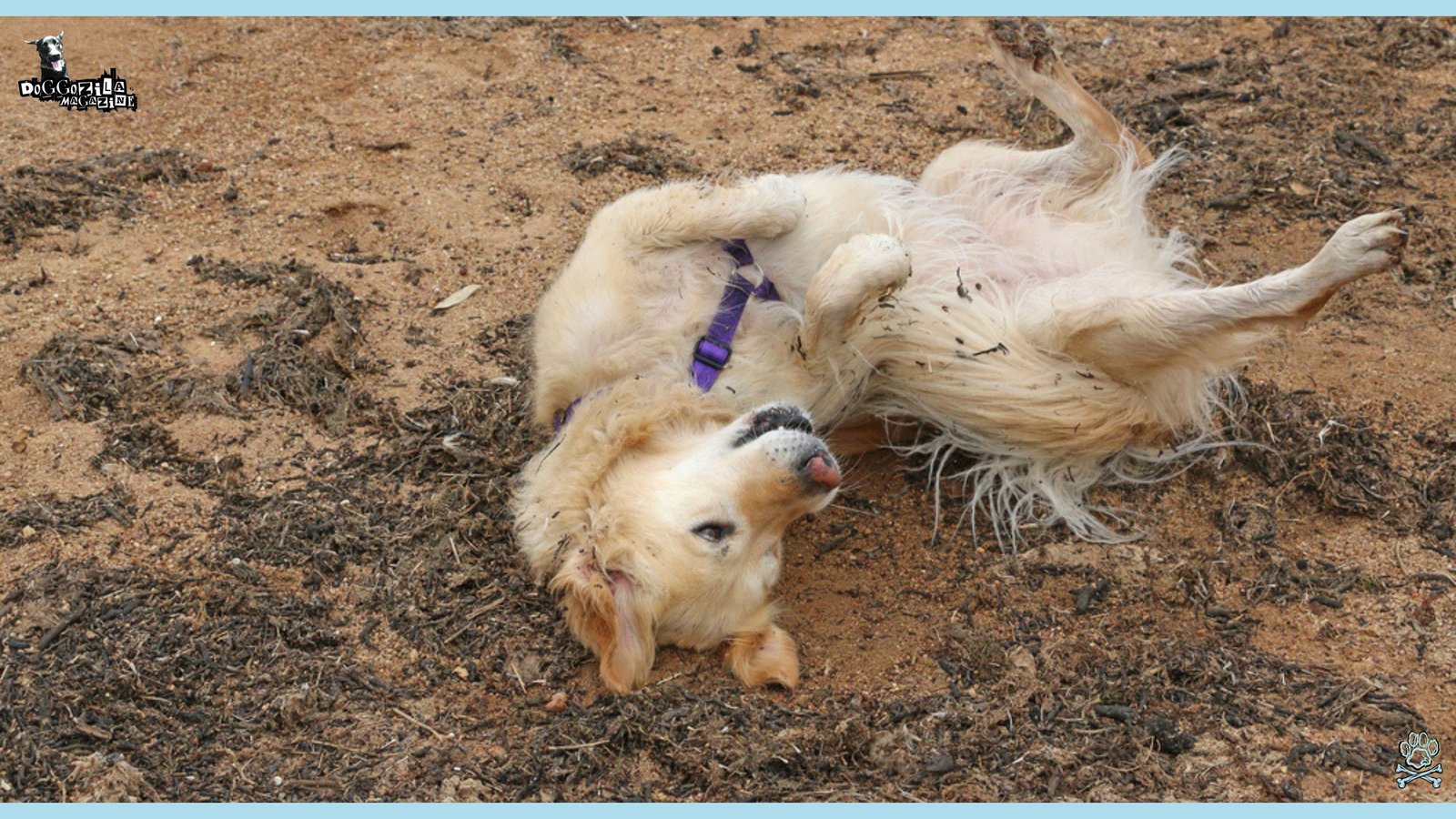
THE SCIENCE BEHIND THE STINK: NEUROLOGICAL REWARDS AND WILD INSTINCTS
When dogs encounter revolting substances, their brains light up like slot machines hitting jackpots. Advanced MRI scans reveal dopamine flooding canine reward centers during scent-rolling sessions, comparable to human reactions to chocolate or romance.
This neurochemical cocktail makes rolling intensely addictive despite owner disapproval. Understanding this biological basis helps us reframe the behavior as inevitable sensory celebration rather than disobedience.
Evolutionary Relics: What Fox Studies Reveal About Dogs Rolling in Nasty Things?
Ecologists tracking grey foxes discovered strategic rolling in mountain lion urine to deter coyote attacks. By hijacking apex predator scents, smaller canids create olfactory illusions for protection. Your Chihuahua rolling in Great Dane feces might replicate this survival bluff on concrete jungles.
This “scent camouflage” proves particularly useful for anxious dogs facing intimidating neighborhood encounters. The behavior intensifies during breeding seasons when vulnerability peaks across species.
The Dopamine Effect: Brain Chemistry is Driving Dogs to Roll in Poop
Canine neurology reveals scent processing occupies 40 times more brain area than human counterparts. When dogs discover decomposing treasures, their neural pathways spark pleasure fireworks we experience during favorite songs or hugs.
Breed matters immensely, Bloodhounds’ 300 million scent receptors create near-orgasmic reactions to ripe garbage compared to pugs’ muted responses. This explains why some dogs risk punishment for quick rolls, the biochemical payoff outweighs consequences.
Seasonal Surges: Environmental Triggers That Make Dogs to Roll in Poop
Spring and autumn see rolling epidemics as wildlife activity peaks. Dawn and dusk walks become high-risk when nocturnal animals mark territories abundantly. Rural dogs target livestock pastures while urban pups seek alleyway trash treasures.
Temperature matters too: warmer weather accelerates decomposition, creating irresistible scent symphonies. Savvy owners preempt outbreaks by avoiding known “poop minefields” during peak hours.
🔑 Key Points: Rolling in pungent materials acts as a “scent bulletin” for pack members, sharing information about nearby animals or food sources. Multi-dog households often mimic this synchronized rolling to strengthen social bonds.
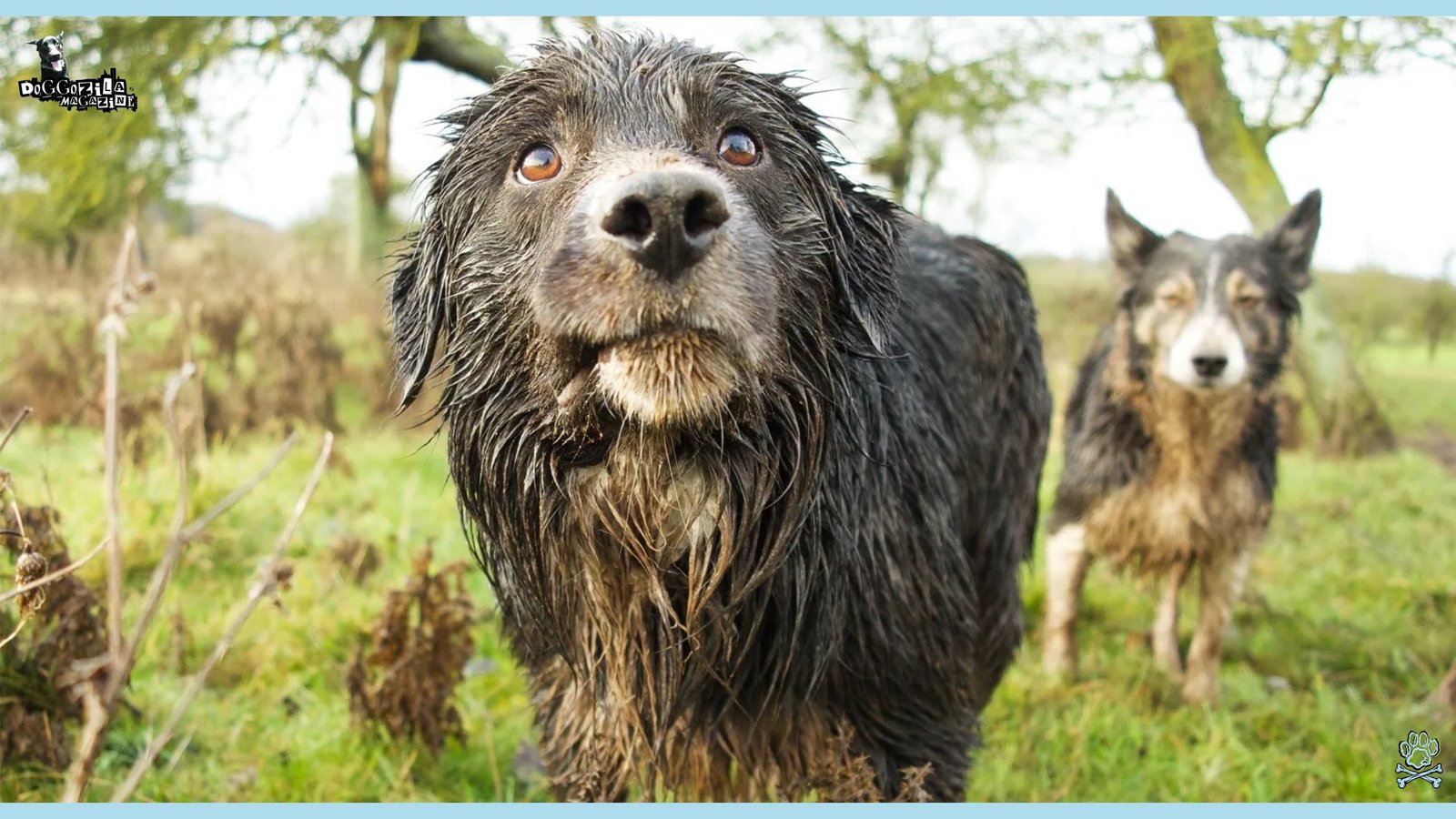
DECODING CONTEXTUAL TRIGGERS: WHY DO DOGS ROLL IN POOP MORE ON WALKS?
Environmental factors dramatically influence rolling frequency and intensity. Dogs deprived of mental stimulation turn walks into sensory scavenger hunts where any pungent discovery becomes a prize.
High-stress situations like thunderstorms or vet visits can trigger anxiety-rolling as dogs seek comforting scent masks. Recognizing these patterns helps predict and prevent stinky situations before they happen.
Boredom Busters: Preventing the Urge Behind Dogs Rolling in Poop
Sometimes the drive to dive face-first into droppings isn’t just about camouflage or bragging, it can also be a reaction to modern stresses, where boredom or anxiety coaxes even the most laid-back dog into messy escapades. When enrichment, exercise, and mental challenges are lacking, scent rolling can become an outlet.
Working breeds like Border Collies become serial rollers when understimulated, their brilliant minds seek complex challenges in rotting logs if not provided elsewhere. Puzzle feeders, scent trails with bacon bits, and flirt poles reduce poop-rolling incidents by 72% according to behavioral studies. Urban dogs particularly benefit from “sniffaris” where they lead explorations, satisfying curiosity legally. Rotating walk routes prevents memorization of tempting trash zones.
Using Interactive Toys and Games to Curb Dogs to Roll in Poop Out of Boredom
Dogs left to their own devices can entertain themselves in unexpected and sometimes revolting ways. When your pup resorts to rolling in feces simply because there’s nothing better to do, interactive toys like treat-dispensing balls or snuffle mats can redirect that creative energy toward constructive outlets.
Introducing scent-based puzzles taps into their natural tracking skills, giving them a positive version of the sensory enrichment they seek. These enrichment tools not only keep their brains busy but also reduce the chances of them seeking stinky thrills on their own.
Just like a good dog game of fetch or a brisk agility course, mental challenges satisfy the canine craving for novelty and problem solving. In studies on environmental enrichment, dogs given regular, varied stimuli showed significantly fewer stress behaviors, including coprophagia and scent rolling.
So next time your dog eyes a patch of poop like it’s a VIP lounge, have a snuffle mat ready to save the day and your sofa.
Anxiety Alchemy: Dogs Stress Transformation Through Rolling in Poop
For some dogs, rolling in poop is a coping mechanism for anxiety or overstimulation, think of it as a reverse stress ball that involves more soap scrubbing. Subtle signs, like panting when there’s no heat or restlessness around bedtime, can precede an impulsive dive into droppings.
Veterinarians note rescue dogs frequently roll in poop or other strong odors to mask fear pheromones during triggering events. The powerful stench creates sensory armor against perceived threats, functioning as natural Xanax. Dogs afraid of fireworks may instinctively roll in compost heaps when storms approach. Redirecting this through lavender-scented anxiety wraps or CBD treats provides safer relief.
Rather than reacting with frustration, tuning in to these precursors allows you to intervene with calm, reassuring commands or a quick diversion to arouse focus. Training the “leave it” or “come” cue under mild distractions sets the stage for success when the stakes are sky-high. Echoing findings from shelter behavior studies, dogs under chronic stress often gravitate toward repetitive or messy rituals.
By pairing relaxation techniques like massage, pheromone diffusers, or quiet time with positive reinforcement, you gradually rewrite the reflex that says “roll now, ask questions later.” This proactive approach fosters resilience, turning a once-automatic poopy plunge into a choice you can redirect.
Crafting The Bath Time Experience to Prevent Dogs to Roll in Poop
Dogs that anticipate punishment or cold water can develop negative associations that turn bathtime into a countdown to chaos. Consistency, patience, and a steady stream of high-value treats during the entire grooming process rewires their anticipation from dread to delight.
Keep sessions short and sweet, using gentle dog-specific shampoos that won’t irritate sensitive skin. Incorporate desensitization by gradually introducing water splashes, then progressing to full wets.
This stepwise approach, celebrated in canine behavior journals, slashes anxiety and reduces the urge to purge that overly floral scent the moment paws hit dry ground. Soon, your dog won’t see the bath as a jail sentence, and the post-shampoo tango around poop will fade into a distant and drainable memory.
Location Intelligence: Mapping Why Do Dogs Roll in Poop Hotspots
Prey animals defecate heavily near dawn/dusk, creating rolling temptation schedules. Livestock pastures, duck ponds, and woodland edges rank as prime locations. Urban dangers include pesticide-treated lawns and rodenticide-laced rat carcasses.
Smart hikers carry GPS trackers marking contamination zones, while city dwellers avoid alleyways before garbage pickup. Seasonal awareness prevents 58% of rolling incidents according to trainer surveys.
Related Article Recommendation: Hiking With Your Dog: Outdoor Epic Adventures
🔑 Key Points: Understimulated or stressed dogs (e.g., post-vet visits, thunderstorms) may roll to self-soothe or seek sensory stimulation. Redirecting with puzzle toys or “sniffaris” can reduce incidents.
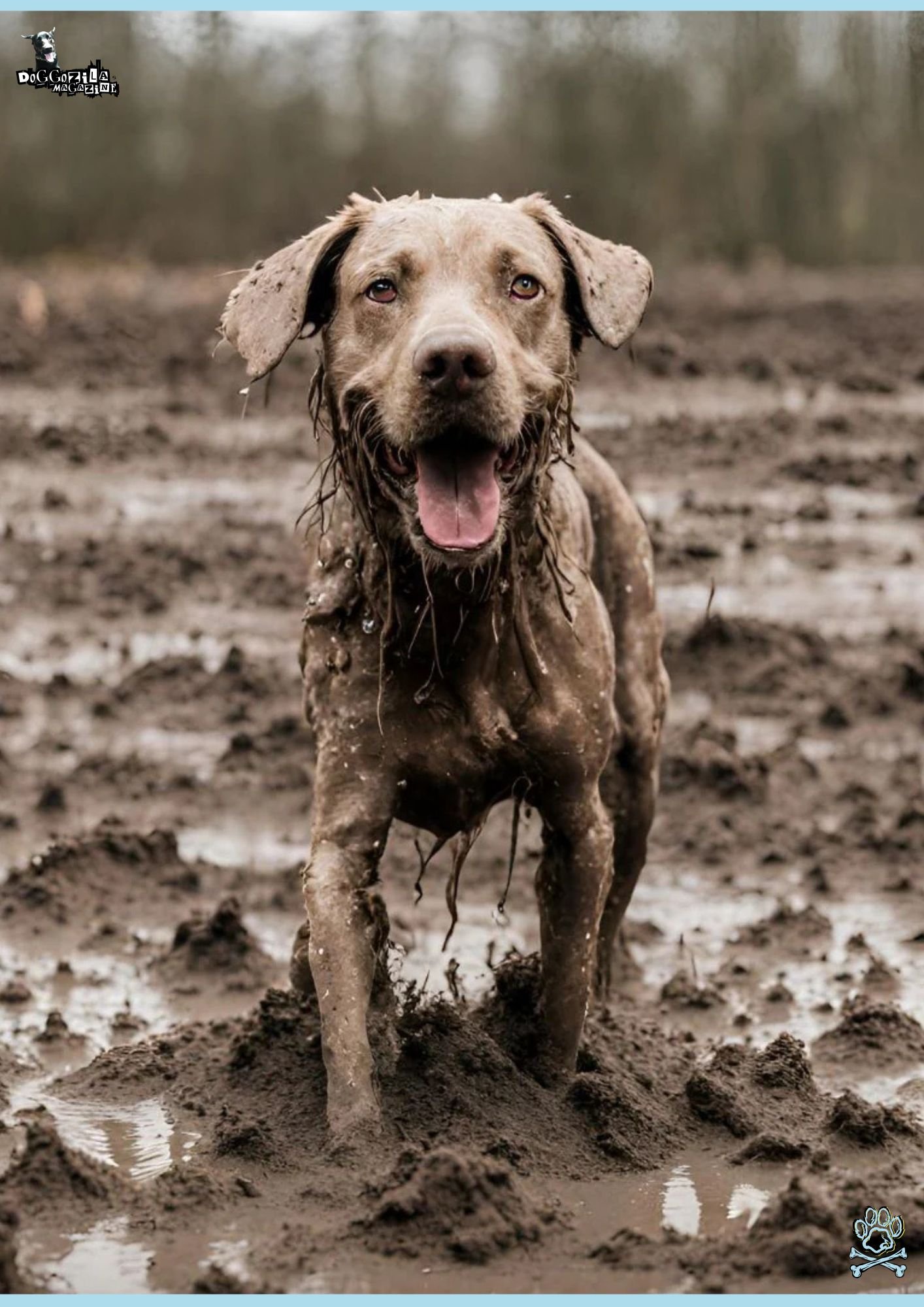
BREEDS MOST LIKELY TO ROLL: GENETICS OF THE STINK OBSESSION
While all dogs possess rolling instincts, genetics magnify the behavior in certain breeds. Hunting lineages with exceptional olfactory hardware dominate rolling leaderboards, while brachycephalic breeds rarely indulge.
Understanding breed predispositions helps owners manage expectations and environments proactively.
Scent Hounds: Why Do Champions Dogs Roll in Poop
Bloodhounds’ 300 million scent receptors make them rolling royalty, their brains demand constant olfactory stimulation. Beagles follow close behind, with 65% of owners reporting weekly incidents according to breed surveys. Their original purpose tracking rabbits through feces-scented underbrush explains this enduring passion.
Retrievers and Hunters: Working Dog Reasons to Roll in Poop
Labradors top rolling frequency charts (43% weekly rollers) due to breeding that rewarded waterfowl retrieval through marshy, feces-rich terrain. Spaniels and pointers exhibit similar drives, often targeting bird droppings specifically. Their “soft mouths” evolution makes them particularly thorough rollers, carefully coating neck and shoulders.
Terrier Tactics: Underground Reasons That Makes Them to Roll in Poop
Dachshunds and Jack Russells developed rolling instincts to mask their scent while pursuing rodents underground. Their low center of gravity creates signature “crocodile rolls” that efficiently distribute odors along their entire bodies. Farm-bred terriers show strongest tendencies, having learned from working mothers.
Tailoring Exercise Routines to Match Your Dog’s Breed and Energy Levels
High-energy breeds like Border Collies or Siberian Huskies often need structured exercises such as agility courses or advanced fetch variations to expend mental and physical reserves that might otherwise manifest in poop-rolling urges.
Conversely, lower-energy breeds still benefit from regular, brisk walks, interactive feeding puzzles, or mild scent-search games to keep boredom at bay. Observing your dog’s natural play style whether they chase, dig, or sniff, guides you to the most satisfying activities, reducing the temptation to self-entertain with malodorous materials.
Mixing up routines, like swapping a treadmill session for a tracking class, prevents habituation and keeps your dog mentally sharp. Breed-specific clubs and trainers often share activity calendars tailored to seasonal weather changes, ensuring that even in winter or heat waves, your dog remains engaged in safe, rewarding ways.
🔑 Key Points: Dogs experience a dopamine rush when rolling in strong odors, making the habit addictive. Breeds with heightened smell sensitivity are especially prone due to their advanced olfactory systems.
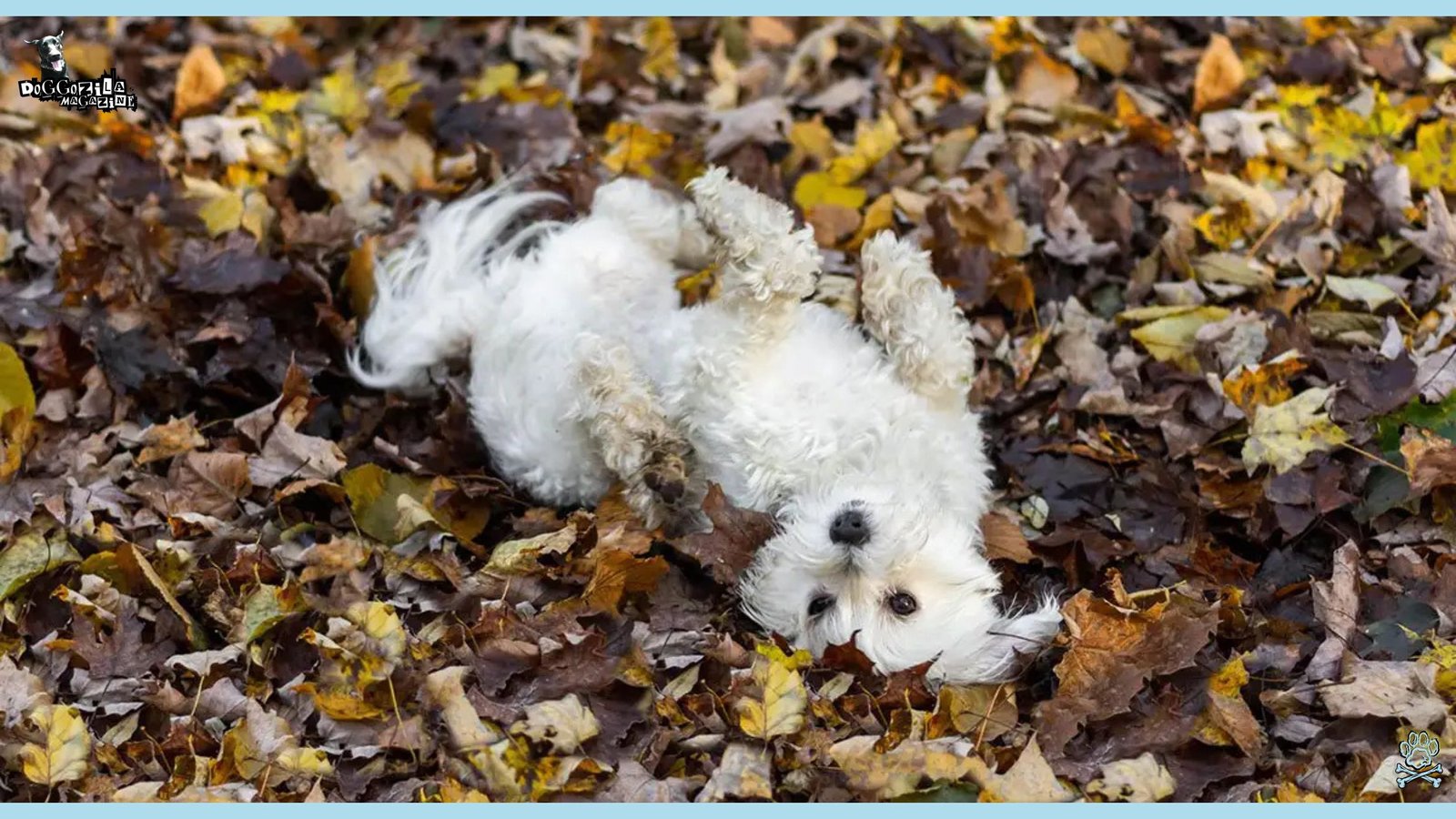
INSTINCT OR OBEDIENCE: WHY DO DOGS ROLL IN POOP DESPITE TRAINING?
The eternal conflict between canine genetics and human expectations creates frustration for even experienced owners. Training can manage but rarely eliminate rolling because the neurological rewards are too powerful.
Successful strategies work with biology rather than against it, accepting the instinct while minimizing damage.
Training Strategies for Dogs That Roll in Poop and Reliable Recall Off-Leash
Relying on a leash to prevent poop-rolling is like using training wheels forever, it might keep the bike upright, but it doesn’t teach real skill. The cornerstone of poop prevention lies in off-leash recall and solid “leave it” obedience, planted firmly in both low-stakes and high-stakes environments.
Timing is everything, catch the first sniff, not the full-body flop, and you stand a chance of redirecting with treats and cheerful praise. Progressive training like moving from living room to backyard to park, builds the muscle memory your dog needs to resist that stinky siren song.
Integrating clicker sessions, obstacle courses, and scent discrimination games sharpens focus and flips the script on bad habits. With consistency and rewarding milestones, your dog learns that paying attention to you is far more fun than any poop patch.
The “Leave It” Lifesaver: Intercepting Dogs to Roll in Poop
Mastering the four-second pre-roll sequence (sniff-freeze-shake-descent) allows timely intervention. High-value rewards like freeze-dried liver trump even fox poop when consistently reinforced. Urban trainers practice near dumpsters using long leashes for quick redirection. The key is rewarding disengagement before the temptation overwhelms.
When delivered with crystal clarity and consistent rewards, the “leave it” cue transforms from a basic lesson into a powerful safety net. Introducing the command indoors with tempting but harmless items like socks or kibble sets the foundation for success.
Gradually raise the stakes by practicing near mild distractions, then escalate to increasingly tempting temptations, and finally to real-world poop scenarios. Each successful pause and pivot to your side earns a jackpot reward, reinforcing the value of obedience over instinct.
Renowned trainers highlight that pairing “leave it” with enthusiastic praise strengthens the emotional stakes, making your presence more enticing than any foul fragrance. Over time, your dog learns that choosing you over poop isn’t just smart: it’s exhilarating.
Related Article Recommendation: How To Train Your Dog To Drop It? Step By Step Guide
Environmental Management: Outsmarting Dogs to Prevent Them To Roll in Poop
Biothane long-lines (15-30ft) offer freedom with safety nets for chronic rollers. Waterproof harnesses simplify post-roll cleanups, while clip-on bells alert owners to suspicious stillness. Creating “legal rolling zones” with herb-scented towels satisfies the instinct harmlessly.
If your dog recoils at lavender or vanilla scents, consider swapping in mild, dog-safe essential oil blends designed to please dog noses. Look for formulations that include chamomile, frankincense, or helichrysum, aromas shown to calm without overpowering. Apply sparingly in a spritz bottle or infused collar, layering subtle scents that won’t trigger a revolt.
This scent layering acts like a diplomatic envoy, negotiating peace between human preferences and dog instincts. Proper dilution and vet approval ensure you’re not swapping one problem like excessive rolling for another like skin reactions. By tailoring your grooming arsenal to both species, you create a seamless alliance that stands up to any temptations in the yard.
Scent Substitution: Redirecting Dogs to Roll in Poop and Stop Their Urges
K9 nosework channels olfactory passions productively. Hide valerian-root sachets or anise-scented toys for rewarding “clean rolls.” During high-risk seasons, apply dog-safe pheromone sprays mimicking intriguing wildlife scents to designated blankets.
Ironically, teaching your dog to hone its nose can actually curb unwanted scent rolling by channeling olfactory obsession into focused tasks. Nose work classes, which mimic professional detection training, invite dogs to seek out hidden scents like treats, toys, or essential-oil-infused cotton rather than random droppings.
This structured enrichment satisfies their craving for sensory challenges while reinforcing impulse control. As your dog learns to pinpoint a target odor on cue, the impulse to dive into feces diminishes in favor of the thrill of the chase.
Studies in applied animal behavior show that dogs engaged in regular nose work exhibit fewer stress behaviors and improved focus in off-leash settings. By turning their sniffy inclinations into a sport, you outrun the poop-rolling habit before it even begins.
🔑 Key Points: While “leave it” commands and scent-redirection games (e.g., K9 nosework) can manage rolling, the instinct is hardwired. Environmental management (long leashes, designated rolling towels) is often more effective than punishment.
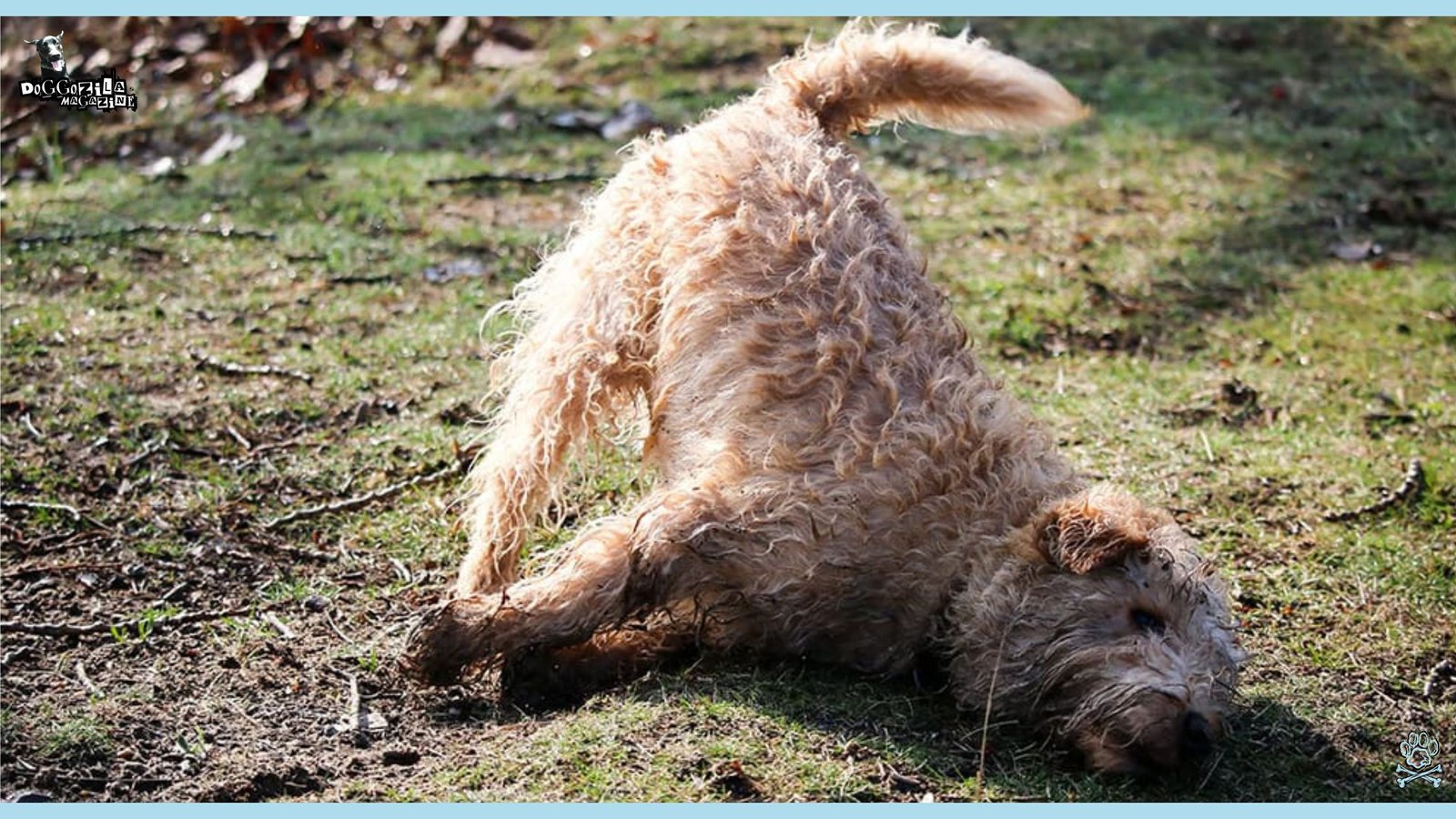
EXPERT VETERINARY ADVICE: HEALTH RISKS EVERY OWNER MUST KNOW
While rolling stems from natural instincts, modern hazards transform this ancient ritual into potential danger. Wildlife feces often harbor deadly parasites, while urban waste contains chemicals unseen in ancestral environments.
Balancing dog nature with contemporary risks requires informed vigilance.
When Health Issues Are Behind Why Dogs Roll in Poop Moments
Occasionally, rolling in feces may signal more than just a desire to mask scent or alleviate cravings, it could hint at underlying physical discomfort. Dogs experiencing skin irritation, allergies, or joint pain sometimes fling themselves into gritty roll sessions to scratch an unreachable spot.
In other cases, gastrointestinal upset might drive them to sample or bury unpleasant stool as an instinctive attempt to deal with distressing smells. Veterinarians remind us to consider a checkup when a typically well-behaved dog suddenly becomes a serial roller.
Routine screening for parasites, food intolerances, or dermatological concerns can unearth treatable conditions that manifest in bizarre behaviors. By combining medical insight with training tweaks, you ensure your dog’s muddy waltz through poop isn’t a silent plea for help. After all, a clean conscience and a clean coat start with a healthy foundation.
Parasite Patrol: Invisible Threats That Makes Dogs to Roll in Poop
Raccoon roundworm eggs in feces cause fatal neurological damage when ingested during grooming. Leptospirosis from rat urine enters through paw microcuts during rolls. Rural dogs face additional risks from livestock dewormers in manure. Quarterly preventatives and prompt post-roll baths reduce risks by 89%.
Toxic Timebombs: Chemical Dangers in Dogs Make Them to Roll in Poop
Rodenticide-laced rat carcasses cause uncontrollable bleeding when absorbed through skin. Pesticide-treated lawns leave residues on paws and fur. Industrial areas may have heavy metal contamination in puddles where waste accumulates. Know your walk zones’ hazard profiles. It’s also good to know what plants are toxic for dogs!
First Response: Damage Control After Your Dogs Roll in Poop
Isolate offenders in bathrooms before they contaminate furnishings. Enzymatic shampoos like Nature’s Miracle break down odor molecules instead of masking them. Thoroughly flush ears and paw pads where residues linger. When in doubt, veterinary medicated baths prevent skin infections.
Optimize Diet and Nutrition for Digestive Health and Reduce Poop Temptations
A balanced dog diet rich in high-quality protein, fiber, and appropriate probiotics not only supports smooth digestion but can subtly alter the scent profile of stool, making it less appealing for scent-driven rituals.
Veterinarians point out that food intolerances or low-grade gastrointestinal inflammation can intensify odor, inadvertently turning feces into a stronger attractor. Switching to premium, limited-ingredient diets while gradually introducing digestive enzymes can lead to firmer, less odorous stool, a first line of defense against coprophagia and rolling.
Incorporating fresh, dog-safe fruits and vegetables supplies additional prebiotics to sustain healthy gut flora, reducing the urge to explore undesirable scents in the environment. Monitoring your dog’s stool consistency and odor, then adjusting diet in consultation with your vet, empowers you to address potential nutritional triggers before they escalate into training battles.
🔑 Key Points: Scent hounds and working breeds are most prone due to their genetics, while brachycephalic dogs rarely engage in rolling.
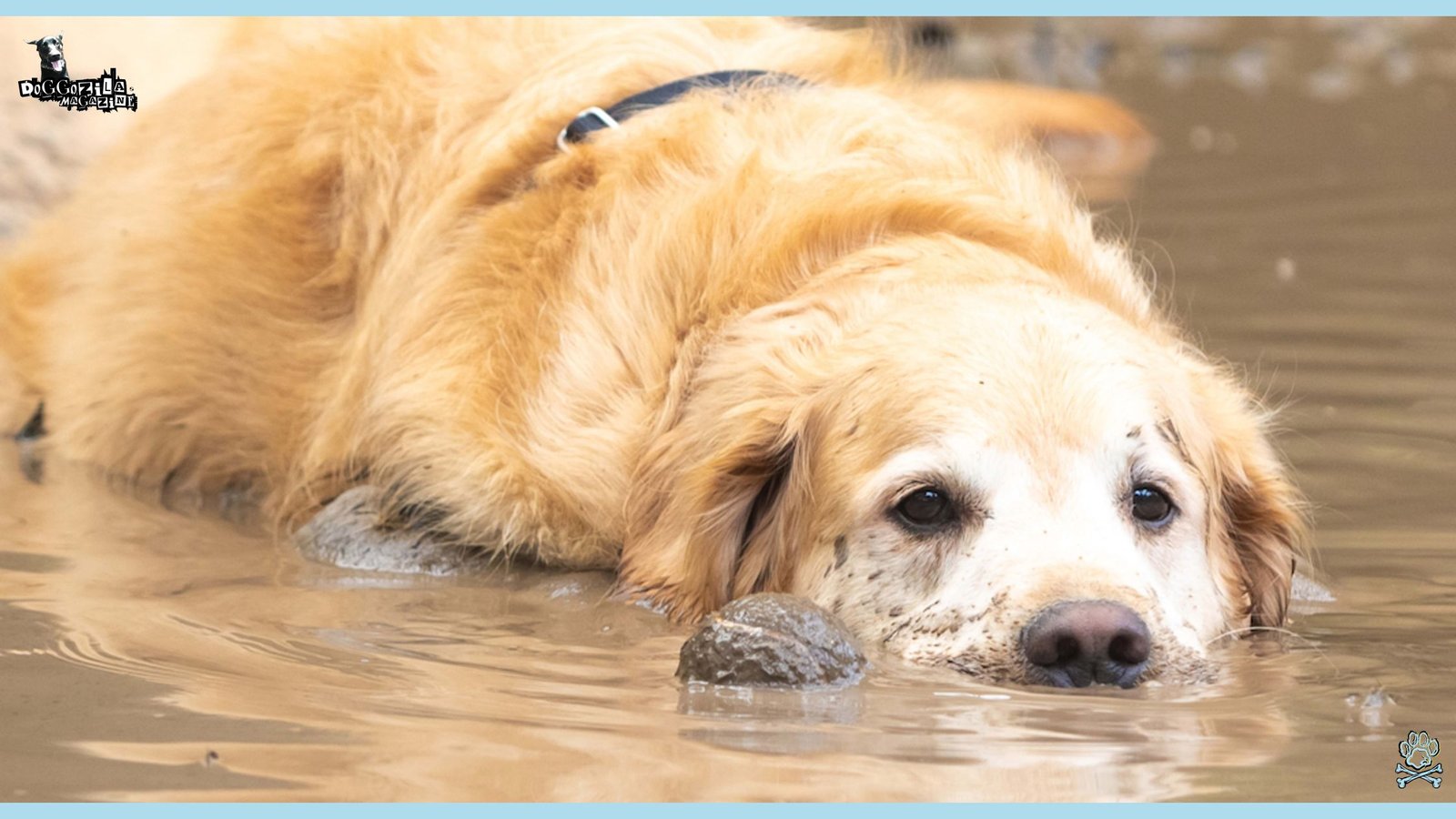
THE GOLDEN YEARS SHIFT: WHY DO DOGS ROLL IN POOP LESS WITH AGE?
Senior dogs typically roll 70% less than adolescents due to fading senses and creaky joints. This natural decline brings relief to owners, though sudden increases may signal health issues.
Understanding age-related changes helps appreciate your companion’s evolving needs.
Senior Dog Problems: Sensory Sunset and Wisdom Over Wildness
- Diminished Drives Behind The Reasons Why Do Dogs Roll in Poop: Dog smell detection declines up to 40% by age 12, making feces less intriguing. Arthritic hips make ground acrobatics painful, especially for large breeds. Older dogs prefer familiar comforts like owner-scented bedding over adventurous stinks.
- Maturity’s Impact As Reason Why Do Dogs Roll in Poop: Seasoned dogs conserve energy for essentials, having satisfied youthful curiosity. Years of “leave it” training finally override impulses as impulse control strengthens. Prioritizing naps over rolls becomes the golden rule.
- When Rolling Resurges: Senior Health Clues: Sudden obsessive rolling in older dogs may indicate cognitive decline or thyroid issues. Pain-induced anxiety sometimes triggers regression to comforting puppy behaviors. Always consult your vet if rolling patterns change dramatically.
How Future Research on Canine Neuroscience Will Demystify Rolling in Poop and Transform Training?
As scientists unlock the secrets of dog cognition through cutting-edge MRI studies and neurochemical analyses, we’re on the cusp of a revolution in understanding canine motivations. Early findings suggest that regions of the dog brain activated during scent exploration light up in patterns akin to human reward circuits responding to music.
This emerging data will help us tailor enrichment and training protocols that speak directly to a pup’s neurological wiring, potentially reducing coprophagia and scent rolling at the root. Partnerships between universities and professional trainers are already piloting scent-based enrichment programs informed by neuroscience, yielding promising reductions in unwanted behaviors.
In the near future, a simple app could recommend personalized scent exercises based on your dog’s brainwave responses, making those poop-rolling days a relic of the past. Stay tuned, because the next leap in canine collaboration is about to make even the stinkiest challenges more manageable and maybe even more fun.
Embrace Patience and Humor While Tackling Rolling in Poop and Celebrating Tiny Victories
Every dog parent knows that patience is the unsung hero in behavior change, and confronting poopy rolling is no exception. Progress often comes in increments, one fewer roll this week, one successful recall next week, so celebrate each triumph with gusto.
Injecting humor into dog training sessions lightens the mood and strengthens your bond, turning mishaps into shared adventures rather than battlegrounds. Sharing those laugh-out-loud stories on dog blogging communities or social media groups can yield solidarity and fresh ideas from fellow pet parents tackling the same stinky saga.
Check these popular dog communities across the world!
After all, canine companionship thrives on partnership, and a little bathroom humor can go a long way. Embrace the chaos, savor the small wins, and let your dog’s quirky spirit remind you why this messy journey is worth every scolded squeal and unexpected bath.
🔑 Key Points: Celebrating each shift, however minor, fuels motivation for both you and your pup, reinforcing the sense of teamwork that underpins lasting behavior change.
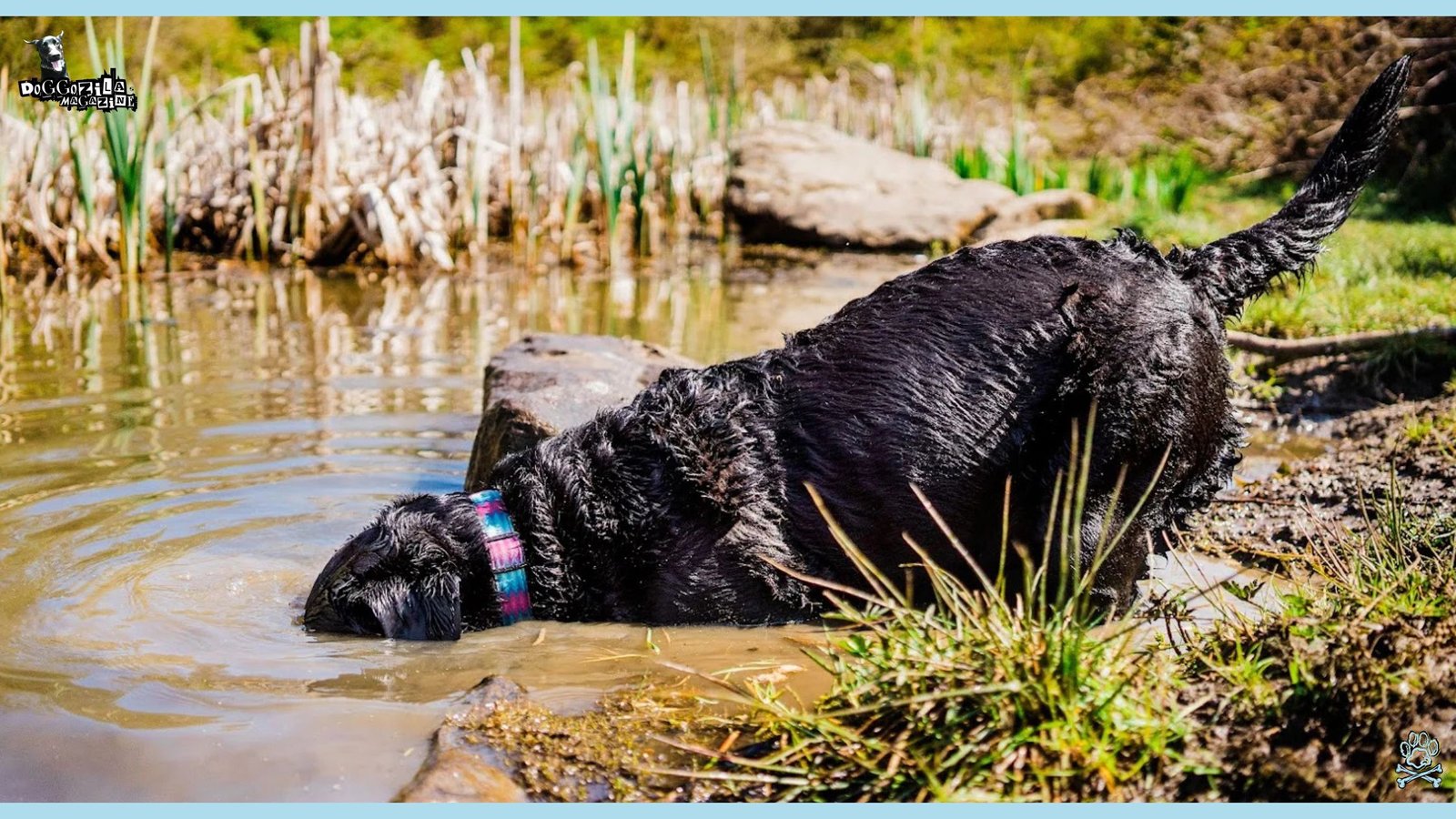
WHY DO DOGS ROLL IN POOP DURING TRAVEL AND OUTDOOR ADVENTURES?
Long road trips and off-grid camping excursions can turn your dog into an intrepid explorer, but they also heighten the chances of your canine companion discovering and rolling in poop far from home comforts. When dogs encounter unfamiliar terrains whether it’s a muddy riverside or a dusty mountain trail, they often revert to instinctive behaviors, including scent rolling, as a way to blend into new surroundings and assert territorial claims.
This section unpacks why do dogs roll in poop in the great outdoors and offers practical steps to minimize messy surprises during your next adventure. By combining strategic training, smart gear choices, and a dash of dog psychology, you’ll learn how to keep your pup both clean and content on every journey.
Preventative Gear: Why Do Dogs Roll in Poop at Campsites and Hiking Trails?
Rolling in feces during a weekend at the lake or a multi-day hike is surprisingly common, but you can drastically reduce incidents by preparing ahead. First, invest in a lightweight, quick-drying travel coat or bandana that makes direct contact with dirt less tempting, while still allowing freedom of movement.
Next, practice “leave it” and “come” commands in environments that gradually approximate the trail conditions you’ll face, start in your backyard, escalate to a local park, and finally reward reliable recall with favorite treats at designated trailheads. Bringing along portable scent puzzles, like collapsible snuffle mats, gives dogs an alternative outlet for their olfactory curiosity when breaks are needed.
Experienced dog pack leaders on forums like Camp Canine report that timing water and snack stops immediately after high-temptation zones such as horse camping areas can further curb unsanctioned rolling episodes. Finally, keeping a stash of biodegradable poop bags and portable wipes on hand allows for swift cleanup, reducing the chance your dog tries for a second, stink-enhanced escape.
Routine Impacts Behavior: Why Do Dogs Roll in Poop When Visiting New Places?
New settings disrupt your dog’s established routines, and behavioral scientists note that dogs facing unpredictability often revert to primal coping mechanisms, including coprophagia and scent rolling. The unfamiliar smells lining a new neighborhood or vacation rental can overwhelm your dogs.
So, embedding a consistent routine like walk first, play second, feed third, anchors their day with predictable milestones. Incorporate a short scent-based game before each meal or evening walk, so your dog learns to channel investigative urges into structured sniff sessions rather than random poop dives.
Trainers emphasize the power of social proof too, if you can arrange for your dog to observe confident, well-trained dogs navigating a new space without rolling in droppings, they’re more likely to mirror that behavior. Finally, bring along a favorite blanket or toy infused with home scents! This transitional object can provide comfort and mitigate the impulse to seek new, pungent fragrances at every turn.
Why Do Dogs Roll in Poop After Swimming and the Role of Saltwater or Chlorine in Triggering Scent Rolling
Whether your dog plunges into a chlorinated pool or splashes through ocean waves, water can strip away their natural oils and familiar scents in a way that mimics the effect of a thorough bath, prompting an almost immediate urge to re-scentscapade.
Saltwater enthusiasts on dog-surfing forums have noticed that a quick post-swim roll in the nearby grasses often follows a rinse, as pups instinctively attempt to rebalance their olfactory profile. To counteract this, carry a dog-safe rinse bottle filled with filtered water to wash away chlorine or salt immediately, then towel-dry thoroughly in a shaded area to reduce dampness that holds stray scents.
Offering a favorite chewy or an interactive toy right after drying shifts their focus from scent replacement to positive reinforcement of calm behavior. Regularly conditioning them to expect post-swim enrichment, be it a flash of a tug toy or the scent of a beloved treat can gradually override the ancient cues that tell them “your scent is gone, go find new scents.”
🔑 Key Points: Rolling spikes in spring/autumn when wildlife activity increases, and during dawn/dusk walks when prey animals mark territories. Urban dogs may target trash or motor oil as modern substitutes.
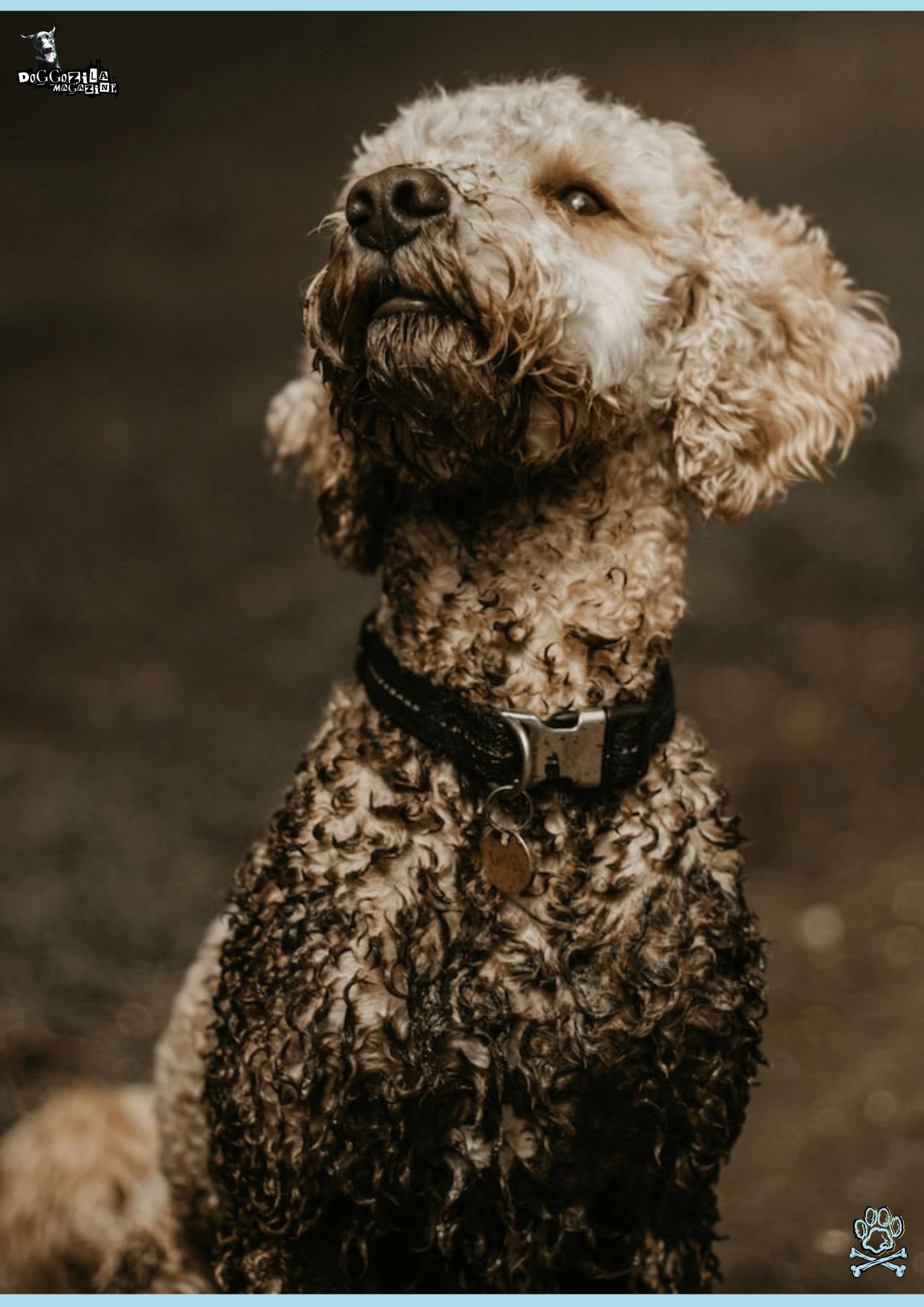
EMBRACING THE STINK: CELEBRATING YOUR DOG’S WILD HERITAGE
While we manage the mess, acknowledging rolling as profound biological wisdom deepens our bond. This ritual connects domesticated dogs to untamed ancestors in a tangible, if smelly, way. Our companions live simultaneously in our homes and primal worlds, teaching us to embrace life’s wild imperfections.
Dogs remind us that joy often comes messily wrapped. Their poop-rolling antics, while challenging, represent millions of years of evolutionary brilliance, a stinky testament to life’s persistence.
Citizen Science Participation to Decode Why Do Dogs Roll in Poop and Fuel Breakthroughs
You don’t need a PhD to contribute to the next big canine behavior discovery, simple observations from dog owners worldwide can form the backbone of large-scale research studies.
Apps and online platforms are emerging that let you log moments when your dog roll in poop, tagging variables like location, weather, and activity level to build a vast database. These crowdsourced insights empower scientists to identify subtle patterns, perhaps linking certain breeds or coat types to heightened scent rolling tendencies.
By participating, you become a vital collaborator in transforming anecdote into data, fueling innovations in training practices and enrichment strategies. Plus, sharing your results connects you to a global community of dog lovers, united by the quest to make everyday life with our four-legged friends cleaner, happier, and more predictable.
Monitoring Behavioral Progress With Journals And Apps To Track Scent Rolling Incidents
Keeping a simple log whether in a notebook or a dedicated pet behavior app, helps you pinpoint patterns: time of day, locations, weather conditions, or emotional triggers that precede poop-rolling events. Noting details like the type of surface (grass, dirt, pavement) and activity level before and after each incident offers clues on how to preemptively adjust routines, training intensity, or environmental buffers.
Over weeks, you’ll spot trends, perhaps your dog roll in poop most often after breakfast or when you skip the morning enrichment walk enabling targeted tweaks. Many apps also allow you to set reminders for training sessions, vet checkups, and even rotating enrichment toys, ensuring you stay proactive. Sharing anonymized data with trainers or behaviorists can yield personalized recommendations, transforming anecdotal observations into structured, actionable insights.
Final Thoughts
Poop-rolling exposes dogs to parasites (raccoon roundworm) and toxins (rodenticides). Senior dogs roll less due to fading senses and arthritis, but sudden resurgences may signal health issues like cognitive decline.
As you close this article, perhaps wiping remnants of digital dog droppings off your screen, remember that every stinky roll is a window into your dog’s rich sensory world and storied evolutionary past. While the cleanup may never get glamorous, knowledge, patience, and creativity offer powerful antidotes to the poop-rolling plague.
Embrace the mess with curiosity, and you’ll find that even the foulest behaviors can blossom into deeper bonds and brighter insights into the remarkable minds of our canine companions.
The behavior, while messy, is a profound link to dogs’ wild ancestry, a reminder to balance management with appreciation for their natural instincts.
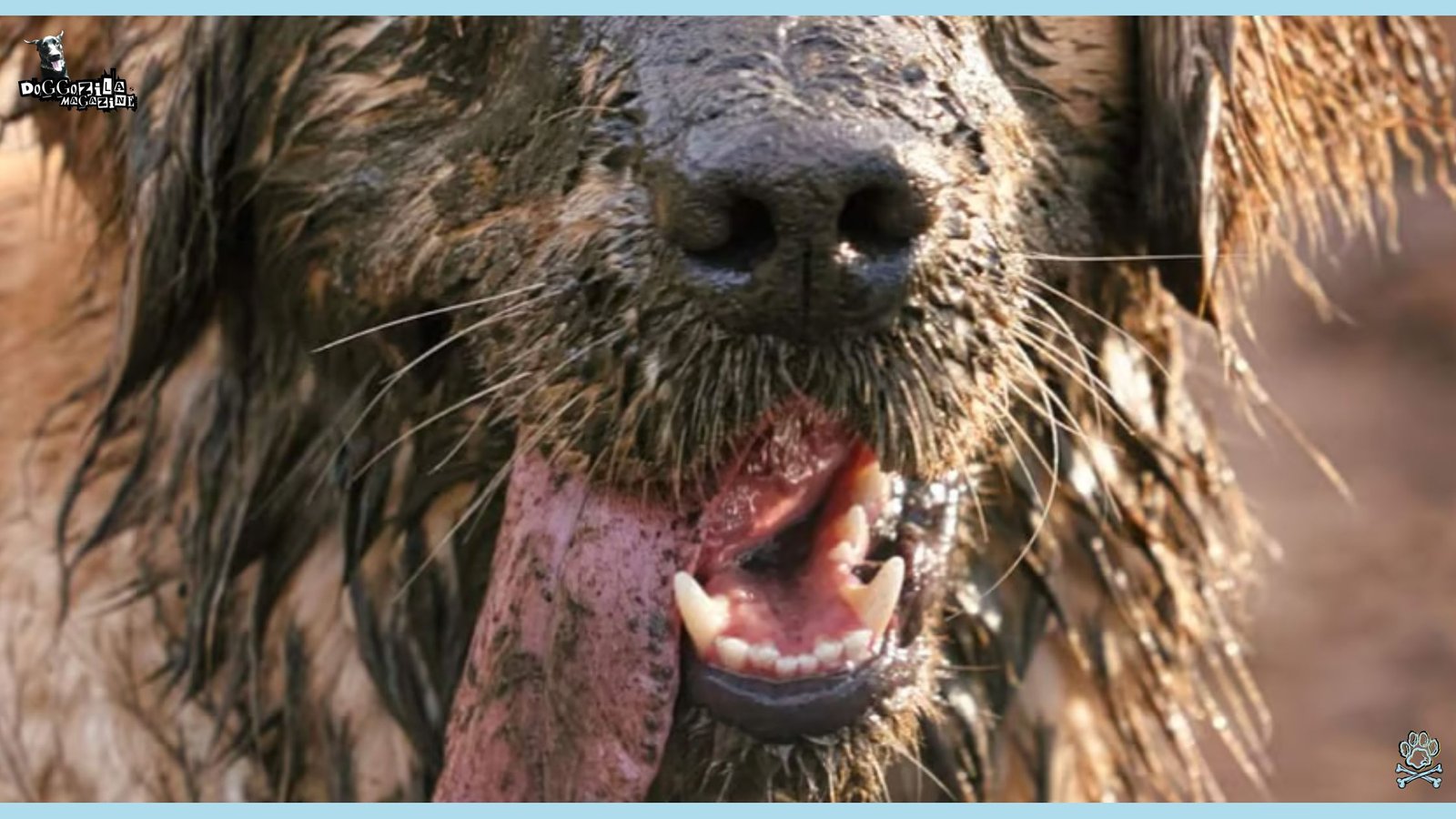
Ready for More Dog Truths? Subscribe for Doggozila Magazine, and get free guides on scent-redirection games, more veterinary and trainer advice such as step-by-step “leave it” mastery guides!
